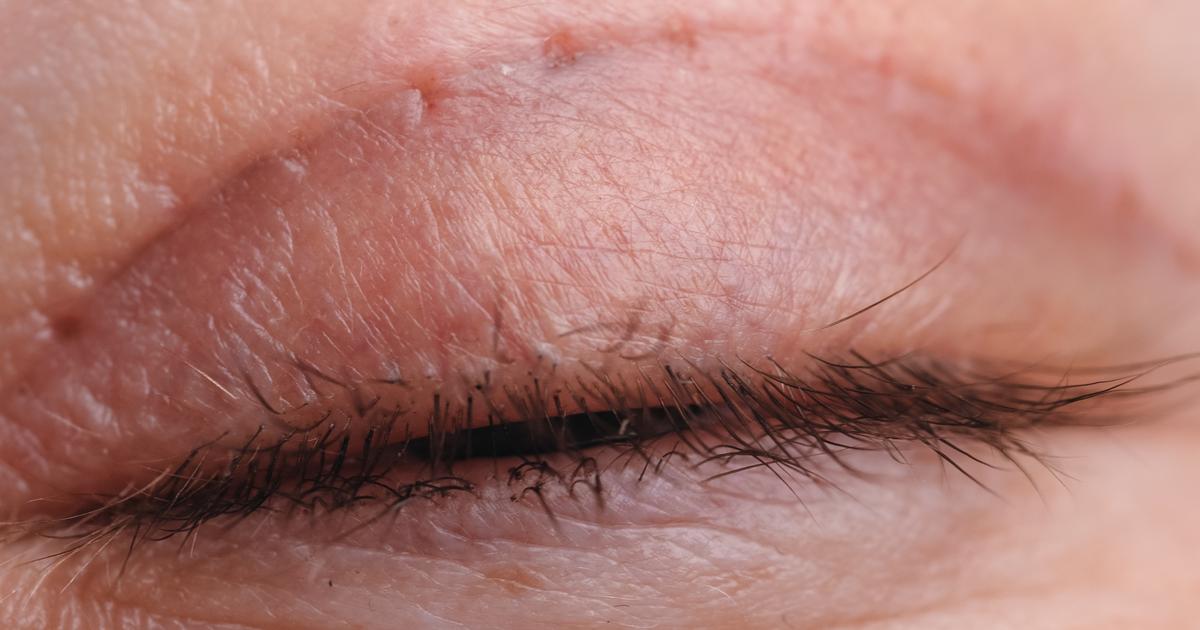Common Warning Signs Of Photokeratitis
Also known as arc eye and snow blindness, photokeratitis occurs when the cornea is temporarily damaged after exposure to ultraviolet light. The condition typically develops when the eyes are exposed to ultraviolet rays from the sun, and it can happen if an individual stares at a solar eclipse without protective eyewear. If the patient does not wear sunglasses while outdoors, even just the reflection of the sun's rays on snow, sand, or water may be enough to trigger this condition. Photokeratitis can also develop in cases where tanning beds, ultraviolet lamps, and tanning beds are used. Patients normally begin to experience symptoms around six to twelve hours after exposure. Eye doctors can diagnose photokeratitis by placing drops of fluorescein dye into the patient's eyes; this dye reveals ultraviolet damage. While most cases of photokeratitis resolve on their own within two days, patients may need to use artificial tears, antibiotics, and pain relievers to manage symptoms as they heal.
The warning signs outlined below are some of those most commonly associated with photokeratitis.
Eyelid Twitching

In the early stages of photokeratitis, patients may notice eyelid twitching. One or both of the eyelids may be affected, and this symptom could cause the eyelid to suddenly close. At other times, patients with eyelid twitching may notice their eyelids move slightly in a way that is entirely out of their control. Although eyelid twitching does not affect visual acuity, it can be unpleasant. Doctors suggest patients experiencing twitches to try to reduce stress and either reduce or eliminate caffeine from their diets; both stress and caffeine are believed to increase twitching. In addition, it can be helpful for the patient to ensure they are getting sufficient sleep, as a lack of sleep is associated with increased twitching too. If the patient notices their eyelid twitching gets worse or does not resolve after a few days, an ophthalmologist can perform a detailed examination to identify the underlying issue. Occasionally, injections of muscle relaxants such as botulinum toxin may be administered to stop twitching.
Learn more about the major symptoms of photokeratitis now.
